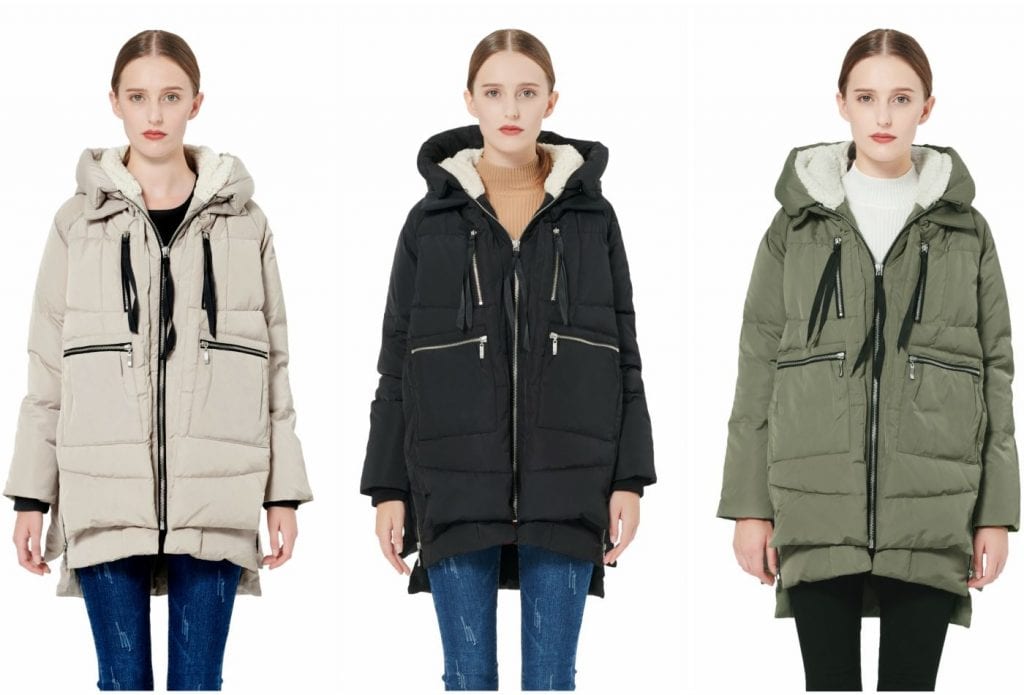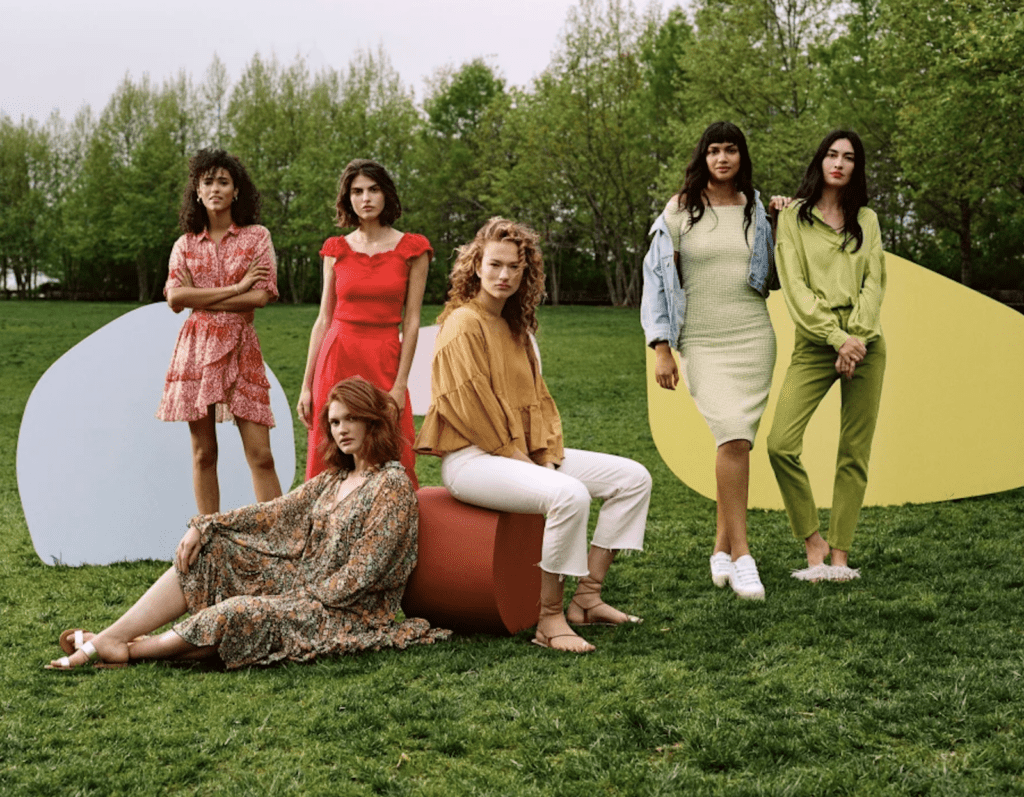A $139 jacket has sent the fashion media into a frenzy. As New York Magazine’s The Strategist first wrote last spring, after taking over Manhattan’s ritzy Upper East Side, the Made-in-China jacket, which is being offered up on Amazon by a third party seller, proceeded to woo countless other women in the densely-populated city and beyond. A report from the Financial Times pegged the jacket as perfectly demonstrating the “disruptive threats long feared by executives and owners of Europe’s luxury brands: Amazon’s ability to sell sought-after fashion.”
Coined the “Amazon Coat,” the puffer’s appeal “lies in its fashionable-yet-accessible, lightly directional look (the voluminous paneling and zippers have ‘a little [bit of a] Balenciaga influence’) and its startling price,” according to the Strategist. “I think the intrigue is both that it’s super attainable, and super different — something that spread solely by word of mouth, something that no one knows about,” Ana Maria Pimentel, the fashion director at Neiman Marcus, says of the in-demand coat.
In the wake of its initial media attention last spring, the Women’s Thickened Down Jacket has found itself a topic of discussion for media outlets across the board, from typical fashion publications to the likes of CNBC and Reuters, the latter of which revealed this week that the coat — a product of Orolay, the 5-year old company founded by Kevin Chiu, a 32-year old Chinese native — is at the center of a budding outerwear empire that could ultimately rival the likes of Canada Goose.
“We made more money in January [2019] than we did for the whole of 2017,” Chiu told Reuters. He estimates that Orolay, brought in “$5 million in sales last month, alone,” almost exclusively from the puffer, and expects to bring in between $30 and $40 million this year.
U.S. sales, he says, almost all of which are sold through Amazon.com “account for 70 percent of total revenue.”
Media reports – and consumers, alike – have been quick to compare Chiu’s venture to some of the market’s most well-known luxury outerwear players, such as Canada Goose and Moncler, whose offerings typically set consumers back at least $900. Differences in craftsmanship and quality, as well as price, of course, make the comparisons a bit outlandish.
A more compelling element at play here is, instead, what the smashing success of Chiu’s wares seems to suggest about the status quo on Amazon. Per Reuters, “Chiu is among a wave of Chinese merchants that have benefited from measures introduced by Amazon in recent years that have made it easy for overseas vendors,” particularly those in China, “to sell on its site.” Brands, such as Chiu’s, have found a home on Seattle-based Amazon thanks to the e-commerce giant’s 2014 push to grow its third party seller base and with it, the enablement of China-based entities to sell directly to Amazon shoppers in the West, thereby, growing sales by a whopping 20 percent in a single year and helping its total revenues to blaze past the $100 billion mark for the first time.
More than merely a reflection of the gusto of Chinese sellers on Amazon (and the nation’s own push to put forth more home-grown fashion to compete on the global stage), the potential one-hit-wonder that is the “Amazon coat” sheds light on the makings of a modern day “it” product.
“A well-reviewed item or one shared on certain social platforms can influence women’s shopping decisions, prompting them to buy an item and even share their purchase with others, which can result in a domino effect,” Alexis DeSalva, a senior retail and e-commerce analyst at consultancy Mintel, told CNBC.
That is the key takeaway here for DeSalva, who says that the coat’s success is due in part to the influence of shoppers’ peers. “Fifty-six percent of women aged 18 to 34 would be willing to buy something because a friend posted about it on social media, compared to 38 percent for all age-groups,” according to a survey by Mintel in the U.S. in September 2018.











